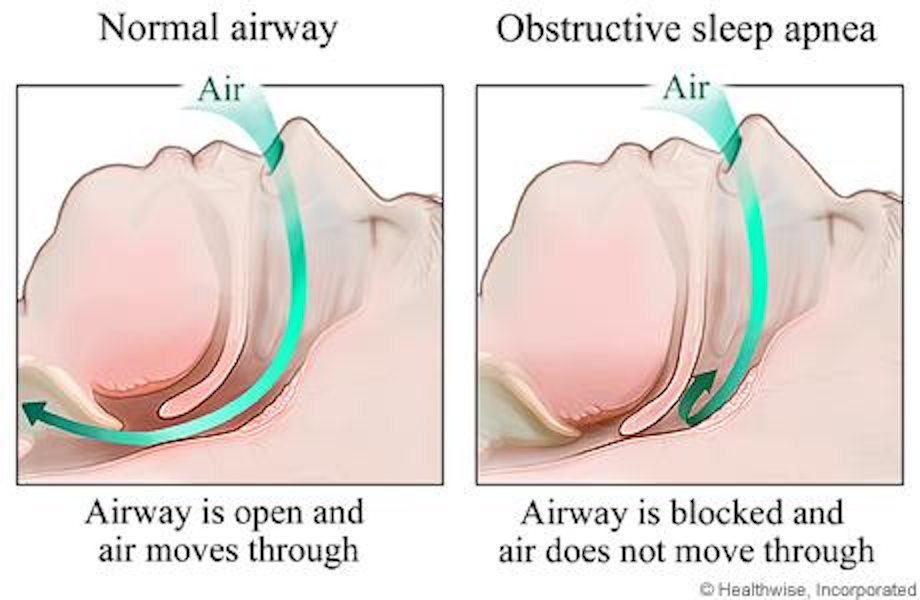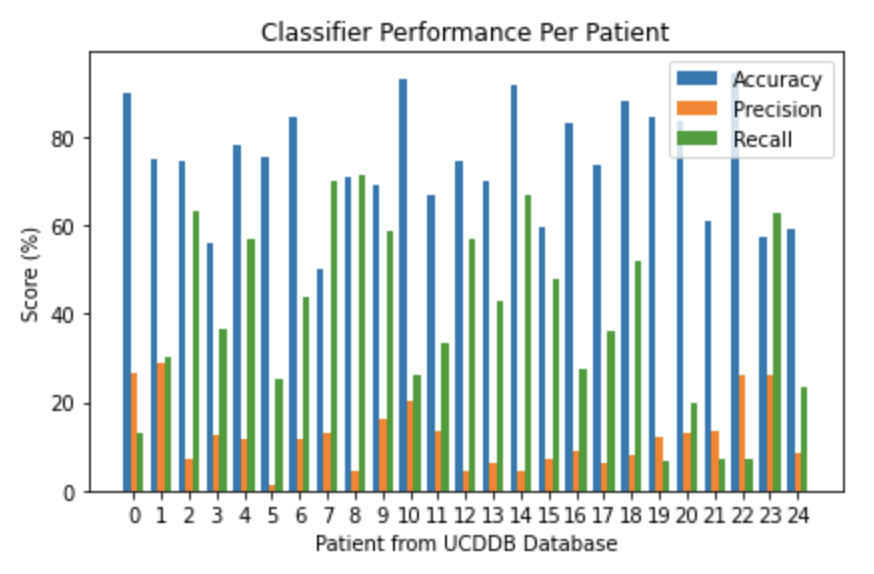
Figure 1

Team 8
Team Members |
Faculty Advisor |
Nathan Brockbank |
Dr. Sabato Santaniello Sponsor UConn Biomedical Engineering Department |
sponsored by
Sponsor Image Not Available
Obstructive sleep apnea is a sleep disrupting condition impacting up to 7% of adult men and 5% of adult women which is linked to the exacerbation of several severe health conditions including cardiovascular disease, Alzheimer's disease, and stroke. Current detection methods, most importantly overnight polysomnography, are invasive and time demanding of sleep specialists. This leads to long waiting lists for screenings and decreased rates of diagnosis. The purpose of this study is to design a minimally invasive method for the automatic detection of obstructive sleep apnea using a computational machine learning pipeline which uses features computed from EEG data obtained from overnight PSG studies available on Physionet. This computational method will enable at-home diagnosis and reduce the labor and equipment involved in moderate to severe OSA diagnosis. The energies of EEG frequency bands and interband energy ratios are promising features to use in a classifier for the detection of OSA. Application of Random Forest Classifier provides a satisfactory accuracy of 75% but poorer than expected precision and recall. The classifier results show a tendency of the algorithm to detect most windows as non-apnea meaning the true-positive rate for detecting an actual apnea event is lower than expected. Future refinements aim to improve precision and provide better detection of apnea events to give patients better awareness of their sleep patterns and recommend treatment as needed.
